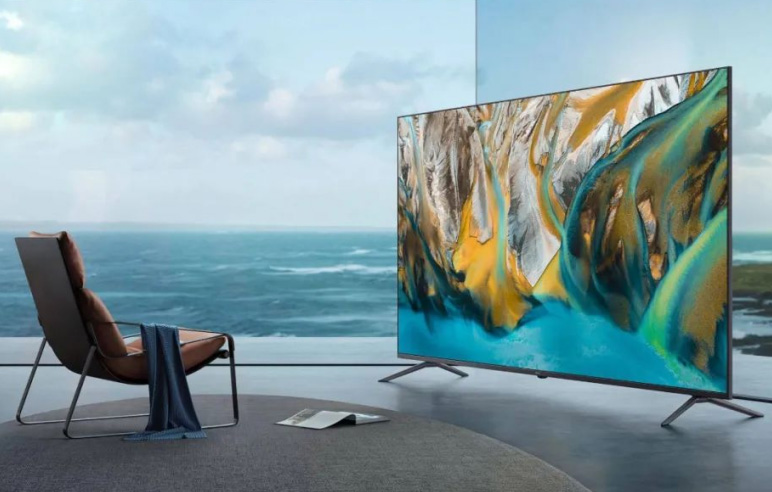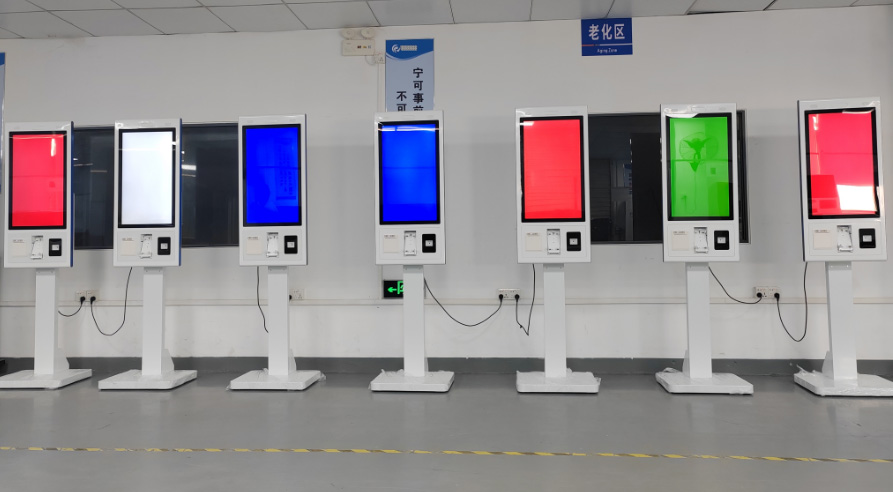In the early 1970s, the world's first LCD display device was born, marking a new era for the display industry. It is no exaggeration to say that the emergence of LCD monitor has given rise to the prosperity of modern electronic products. According to different application fields, LCD monitors can be divided into commercial, consumer, industrial and enhanced grades.
As one of the important application fields, commercial displays have many unique advantages and application scenarios. In this article, the editor will take you to explore the definition, characteristics and specific applications of commercial LCD monitor in the commercial field.
What is a commercial LCD Monitor?
Commercial-grade LCD Monitors, referred to as commercial LCDs, are display devices designed for commercial environments. Compared with home monitors, commercial monitors pay more attention to stability, durability and functionality to meet the long-term and high-intensity use needs of commercial users. Commercial LCD displays usually use IPS or VA panels to provide clear and stable image quality, suitable for long-term content playback.
What are the advantages of commercial monitors?

1. Superior picture display effect: Commercial LCD monitors use advanced display technology, such as IPS or VA panels, which can provide excellent color display and wide viewing angles, and can obtain clear images from any position.
2. High stability and durability: Commercial monitors have undergone strict quality control and durability tests, and can operate stably in high temperature, low temperature, and high humidity environments.
3. Versatility: Commercial LCD monitors often have multiple input interfaces, such as HDMI, DVI, VGA, etc., which are convenient for connecting various devices. In addition, with the further development of technology, many commercial LCD screens also support touch functions and multi-screen splicing to meet the needs of different commercial uses.
4. Easy maintenance: The design of commercial monitors pays more attention to the convenience of daily maintenance and upgrades. Most commercial LCD monitors adopt a modular design, which is convenient for users to replace parts or make repairs. In addition, their OSD menus are designed to be concise and clear, making it convenient for users to adjust settings.
5. Long life: The design life of Business Monitors is usually more than 50,000 to 60,000 hours, which can meet the needs of commercial users for long-term use.
6. Environmental protection and energy saving: Commercial LCD uses low-power chips and can work at low voltage, which is in line with the concept of green environmental protection.
What are the application scenarios of commercial LCD displays?
1. Large-screen display: such as large-screen TV walls and splicing screens, which are usually used in commercial displays, conference centers, exhibition centers and other occasions to display large images and videos.
2. Commercial advertising machine: Commercial advertising display, It can display various advertising information and is suitable for commercial places such as shopping malls, supermarkets, and hotels.
3. Touch all-in-one machine: It is suitable for various information query systems, such as information query terminals in banks, hospitals, airports and other places.
4. Electronic signage: It can publish various dynamic information in a commercial environment, such as store promotional information, product advertisements, etc.
5. Self-service terminal: such as vending machines, self-service payment machines, etc., providing 24-hour service.

6. Customized commercial display equipment: Commercial display equipment customized according to the needs of specific industries, such as medical display equipment, financial display equipment, etc.
7. Outdoor advertising machine: It is suitable for outdoor environments, such as bus stations, subway stations and other places, to publish advertisements and real-time information.